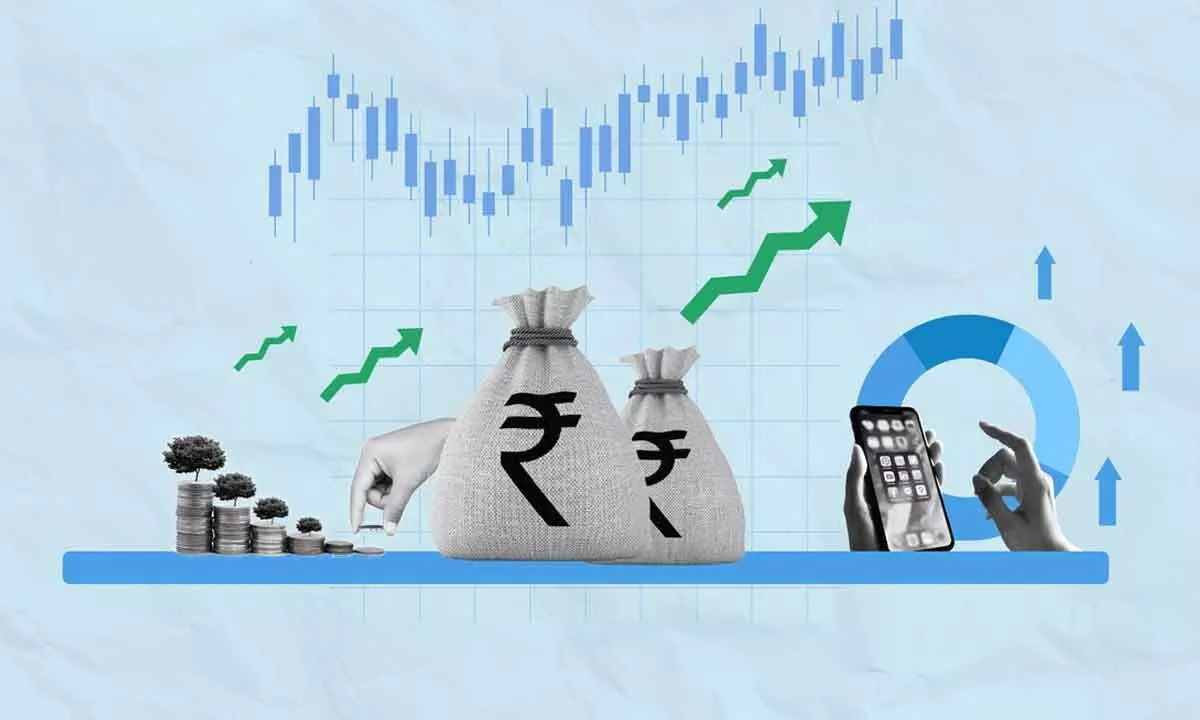Mkts gaining steam on strong economy
Mcap rises 300% to Rs400 lakh cr in last 10 yrs of Modi-led NDA rule
image for illustrative purpose

The depreciation of Indian rupee at 1.4% against the US dollar in 2023-24 was lower as compared to emerging market peers like Chinese yuan, Thailand baht, Indonesian rupiah, Vietnamese dong and Malaysian ringgit and a few advanced economy currencies like Japanese yen, Korean won and New Zealand dollar, says RBI Governor
New Delhi: The strength of the Indian economy, which has emerged as the fastest growing in the world, is being amply reflected in the stock markets with the BSE clocking a 300 per cent growth in market cap to a phenomenal Rs400 lakh crore and BSE Sensex soaring from 25,000 points to 75,000 points in the last 10 years of the Narendra Modi government.
According to Sebi chairperson Madhabi Puri Buch, “the record valuation of Indian stocks is an emphatic vote of confidence by foreign portfolio investors (FPI) in India’s growth prospects.”
She pointed out that this was the reason for them continuing to invest in Indian stocks even though the price-to-earnings (P/E) multiple is higher compared with various other nations.
The Government’s economic reforms and focus on ease of doing business (EoDB) is seeing investments pour into the economy both as FDI for setting up new industry and foreign portfolio investments in the stock markets.
The big-ticket government investments in large infrastructure projects such as highways, ports and seaports have accelerated GDP growth, making India a bright spot amid the global slowdown with a 8.4 per cent growth rate in the Oct-Dec quarter. Both the IMF and World Bank have raised their growth forecast for India and Finance Minister Nirmala Sitharaman expects the economy to post an 8 per cent growth rate.
The country has in the last 10 years made the leap from the lowly ranks of the fragile five economies to the fifth largest economy in the world and is now well on its way to become the third largest.
Inflation has now come down to around five per cent and is expected to fall further which is paving the way for stable economic growth ahead.

